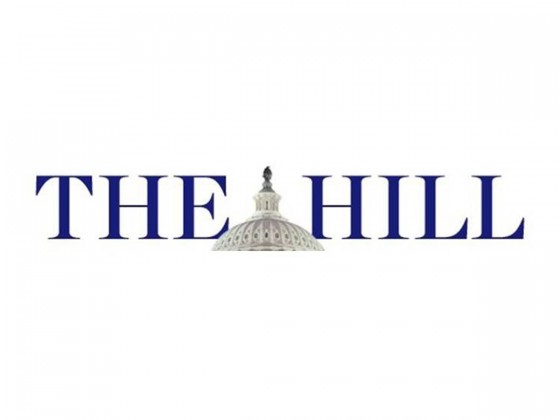
The European Court of Human Rights (ECHR) finally issued a ruling on the lawsuit of IDPs from Azerbaijan’s Lachin district “Chiragov and Others v. Armenia” where it places blame on Armenia for occupation of Azerbaijani lands, said the article by Raoul Lowery Contreras published in The Hill newspaper.
The author said that ECHR’s ruling may exercise heavy influence over potential settlement of the Armenian-Azerbaijani Nagorno-Karabakh conflict.
According to the ECHR’s ruling of June 16, Armenia is responsible for the aggression against Azerbaijan and the occupation of almost 20 percent of the country’s territory, Contreras wrote.
The conflict between the two South Caucasus countries began in 1988 when Armenia made territorial claims against Azerbaijan. As a result of the ensuing war, in 1992 Armenian armed forces occupied 20 percent of Azerbaijan, including the Nagorno-Karabakh region and seven surrounding districts.
The two countries signed a ceasefire agreement in 1994. The co-chairs of the OSCE Minsk Group, Russia, France and the US are currently holding peace negotiations.
Armenia has not yet implemented the UN Security Council’s four resolutions on the liberation of the Nagorno-Karabakh and the surrounding regions.
On 16 June 2015, the Grand Chamber of the European Court of Human Rights announced its judgment (Merits) on the case of Chiragov and others v. Armenia (Application no. 13216/05).
The case originated in an application against the Republic of Armenia lodged with the Court on April 6, 2005 by six Azerbaijani nationals forcibly displaced from the occupied Lachin district of Azerbaijan during the Armenian aggression.
Raoul Lowery Contreras said that the killings by Armenians in February 1988 mushroomed into full-blown war between Armenia and Azerbaijan after they both declared independence.
Charged with aggression by Azerbaijan, Armenia has officially denied having anything to do with the conflict, said the author.
However, the ECHR noted in particular that numerous reports and public statements including from the current and former members of Armenian government, demonstrated that Armenia had been significantly involved in the Nagorno-Karabakh conflict from an early date, he added.
The illegal authorities of Nagorno-Karabakh region receive military, political, financial and other support from Armenia, Contreras wrote, adding that Armenia thus exercises control over Nagorno-Karabakh and the surrounding territories.
The Armenian fiction that it has never been involved in the Nagorno-Karabakh conflict, which has produced one of the largest displacements of people (refugees) since World War II in Europe, has been found untruthful, said the article.
Armenians will try to divert attention from this court decision that squarely blames Armenia for the aggression and the occupation of Azerbaijani territory by pointing to another ECHR decision “Sargsyan v. Azerbaijan” made the same day on lose of property on the contact line of Armenian and Azerbaijani armies, according to Contreras.
That is the same as comparing a parking ticket morally or legally to a hit-and-run of 10 people at a bus stop, said the article.
For 25 years, Armenia has financed and provided weaponry, soldiers and political support to a gang of separatists in the Nagorno-Karabakh region of Azerbaijan, he wrote.
“War crimes of all sorts and sizes in an aggressive war of occupation have been committed by Armenian troops and their vassal gangs in Karabakh,” the author added.
The author reminded that there is the well-documented (by Human Rights Watch) massacre of over 600 men, women and children at Azerbaijan’s Khojaly city committed by Armenian soldiers on Feb.26, 1992.
Though the court took 10 years to adjudicate the case, it decided that Armenia was guilty of the invasion and occupation of 20 percent of sovereign Azerbaijani territory, said the article. “It directly found Armenia guilty of lying and aggressively making war on Azerbaijan.”
Trend
